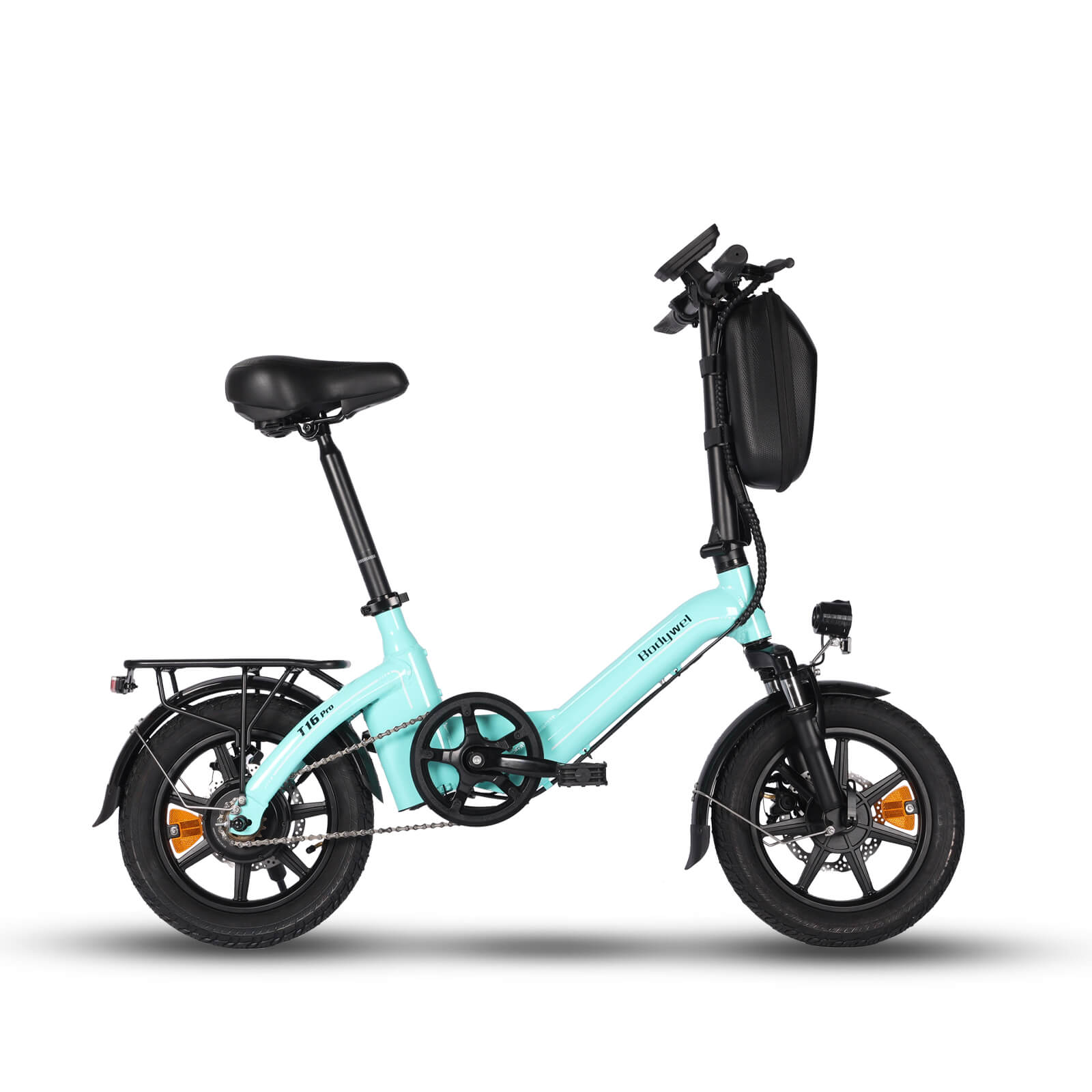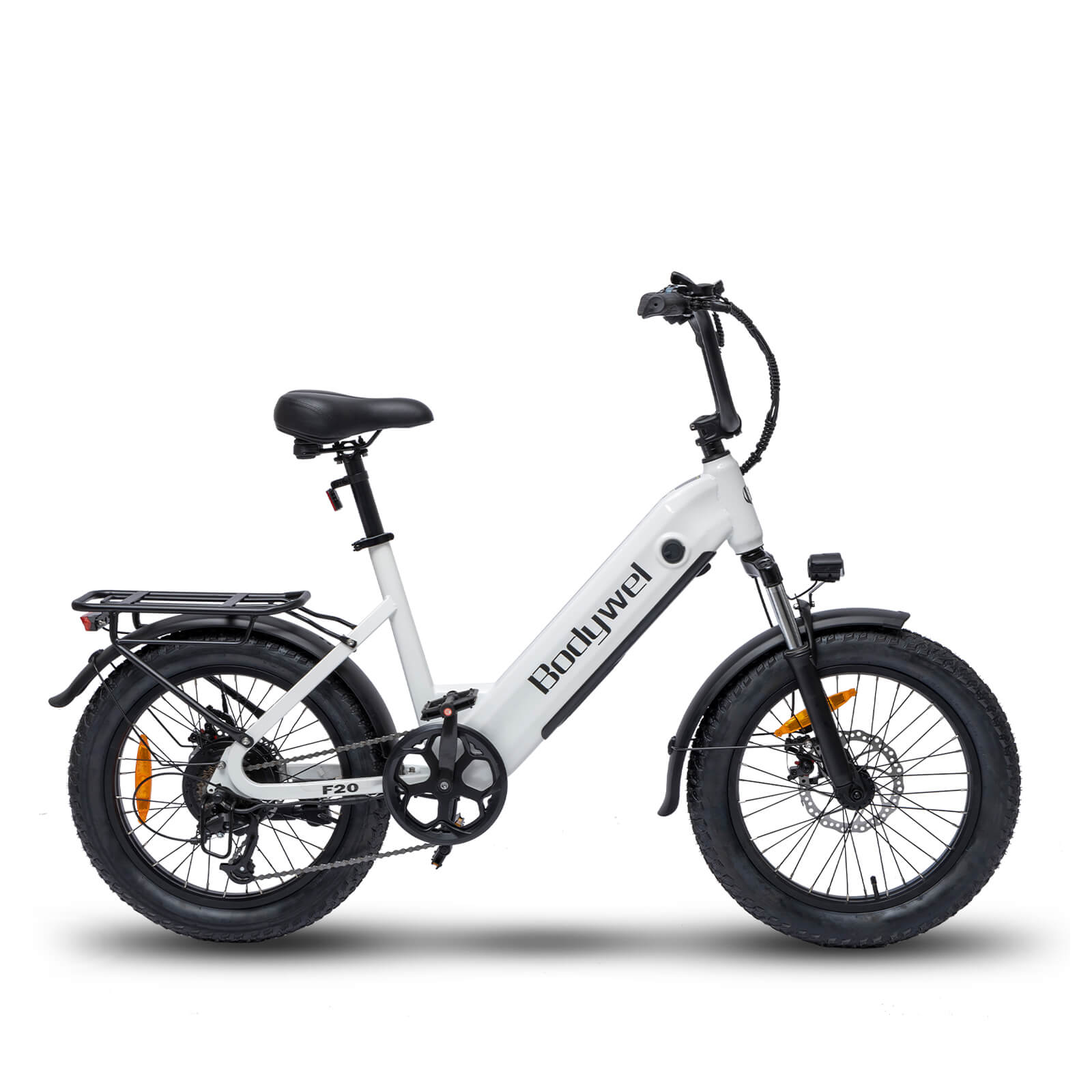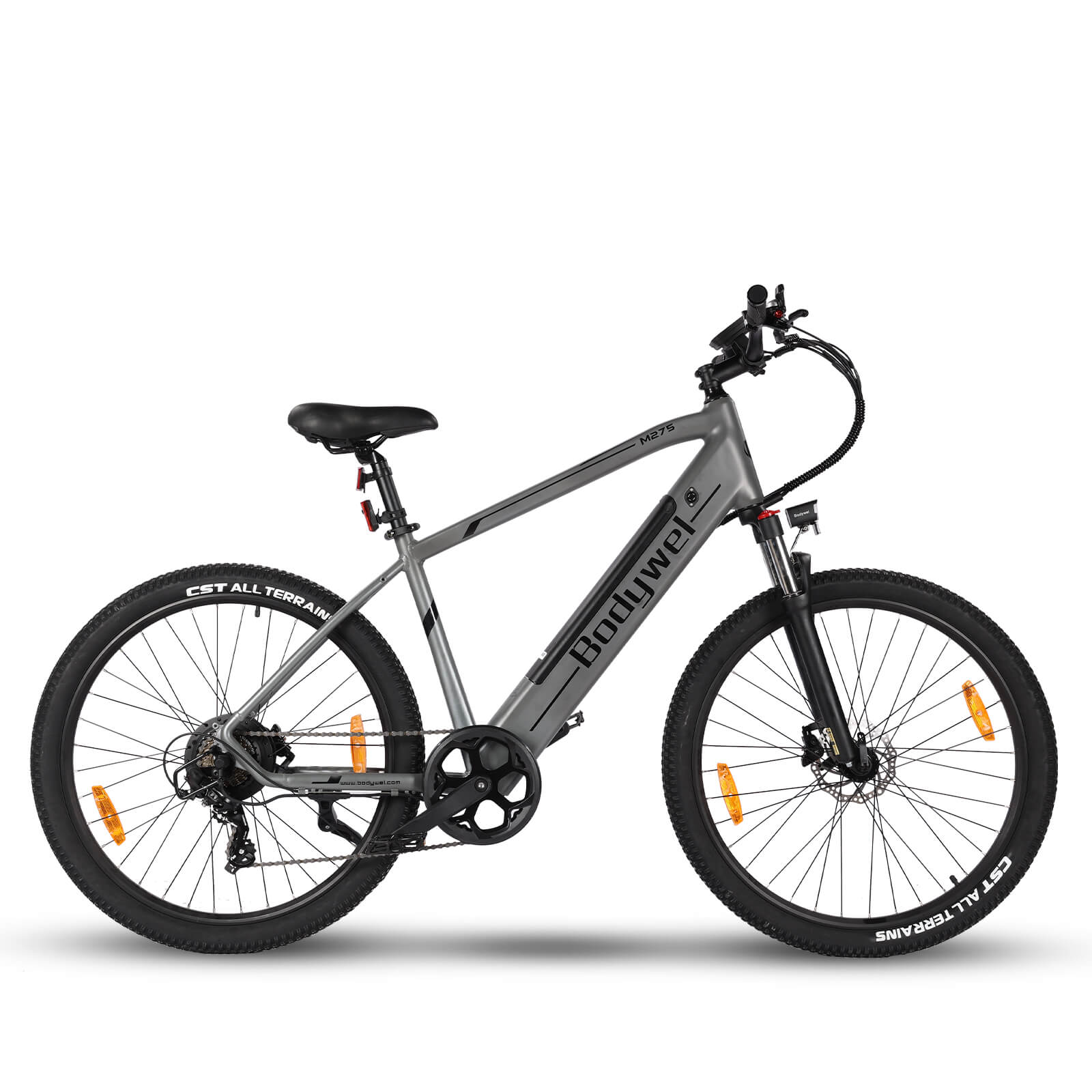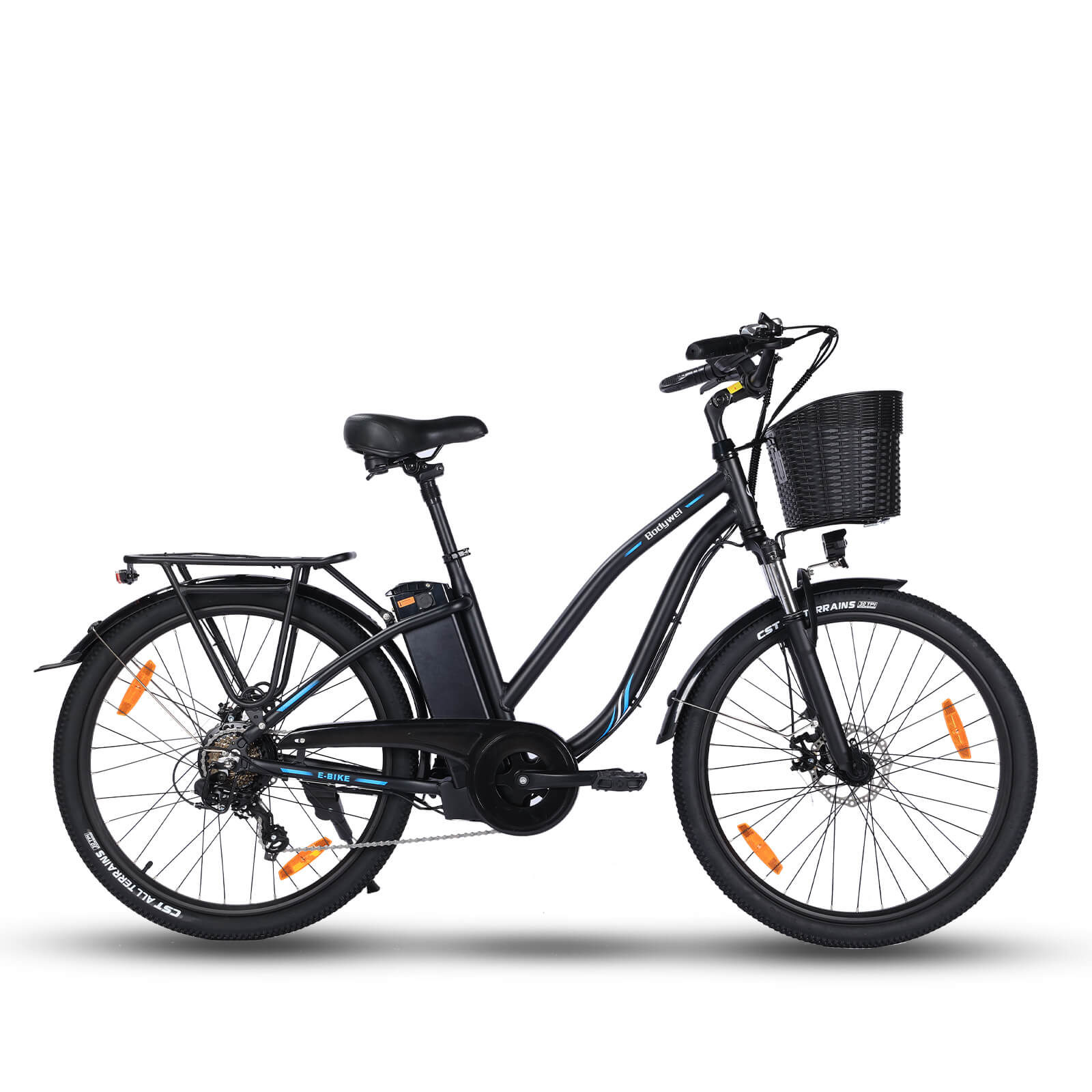EU Cycling Federations: Why eBikes Are Transforming Group Rides

Electric bicycles (eBikes) are revolutionizing group rides organized by cycling federations. By enhancing accessibility, endurance, and inclusivity, pedal-assist technology is reshaping how cycling clubs approach events, tours, and training programs. This article explores the transformative impact of eBikes on federation-led activities.
eBikes: The Game-Changer for Cycling Federation Events
Cycling federations are increasingly adopting electric bicycles (eBikes) to modernize group rides. These federations, which oversee competitive and recreational cycling, recognize that pedal-assist systems allow riders of varying fitness levels to participate cohesively. For example, major cycling unions now integrate eBike categories in non-competitive tours, citing a significant increase in participant retention.
Breaking Barriers: Inclusivity in Group Rides
Traditional cycling events often exclude less experienced riders due to pace disparities. With eBikes, federations can design routes that accommodate mixed-ability groups without compromising distance or terrain challenges. Reports indicate that eBike-aided rides see much higher attendance from older adults and newcomers.
Operational Benefits for Federation Events
eBikes reduce logistical hurdles for event organizers. Their extended range minimizes support vehicle requirements, while standardized battery systems streamline energy management. Many federations have significantly cut operational costs by transitioning to eBike-friendly routes.
Implementation Strategies for Cycling Clubs
Federations should prioritize three steps: 1) Partnering with certified eBike manufacturers for fleet discounts, 2) Training ride leaders on battery management, and 3) Redesigning event categories to separate traditional and assisted cycling. Many leading cycling unions offer best-practice guides for local clubs adopting this model.
Addressing Common Concerns
Some purists argue eBikes dilute cycling’s athletic essence. However, data shows that a large majority of traditional riders in mixed groups report unchanged enjoyment levels, with many eventually purchasing eBikes for family use.
For cycling federations, eBikes represent more than a trend—they’re a strategic tool for growth. By embracing this technology, organizations can expand membership, reduce overhead, and future-proof their events against declining participation rates.
- Tag: cycling federation eBikes eBike for EU cycling federations eco-friendly bikes electric bikes EU cycling gear
0 commenti









